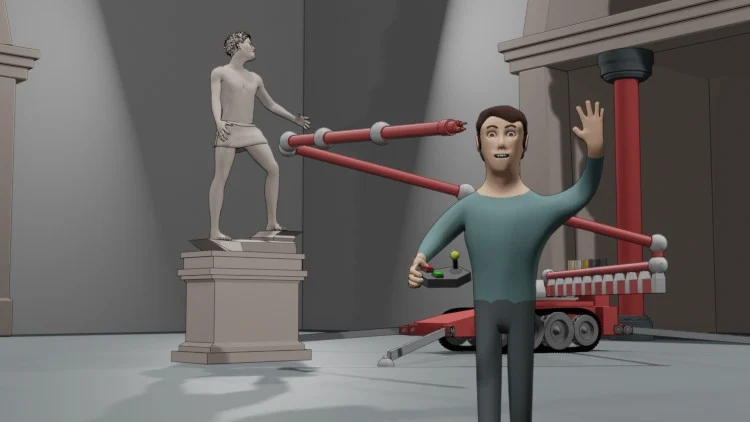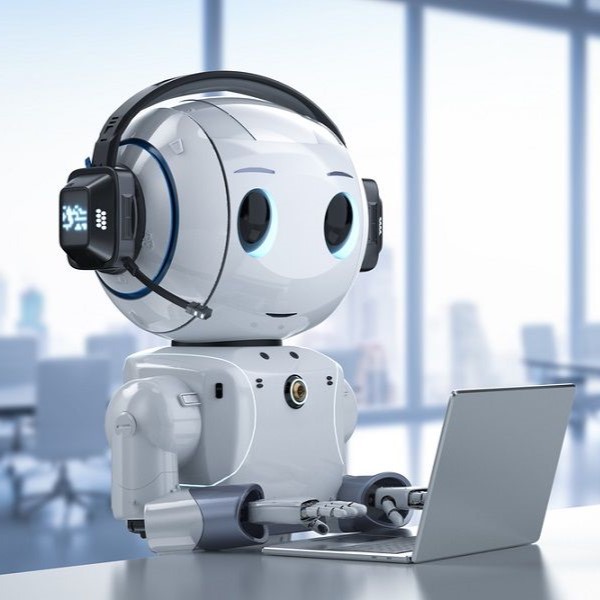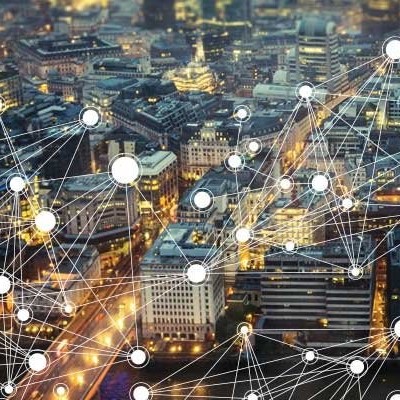Description
Key Topics Covered
- Introduction to Blender and 3D Design
- Overview of Blender’s interface, navigation, and workspace.
- Understanding 3D space: coordinates, viewports, and cameras.
- Introduction to the types of 3D projects you can create using Blender.
- Basic 3D Modeling Techniques
- Introduction to mesh modeling: vertices, edges, and faces.
- Using basic primitives (cubes, spheres, cylinders) to build 3D objects.
- Extruding, scaling, and manipulating meshes for more complex shapes.
- Modifying geometry with modifiers (Subdivision Surface, Mirror, etc.).
- Advanced 3D Modeling
- Creating and refining complex 3D models using advanced tools.
- Sculpting organic shapes and hard surface modeling.
- Working with topology: edge loops, polygon flow, and quads.
- Retopology: techniques for optimizing geometry for animation.
- Texturing and Materials
- UV mapping and unwrapping 3D models for texturing.
- Applying textures and materials to models using Blender’s shader editor.
- Introduction to PBR (Physically Based Rendering) and realistic materials.
- Techniques for creating and applying custom textures (image textures, procedural textures).
- Lighting and Rendering
- Understanding different types of lighting in Blender (Point, Sun, Spot, Area lights).
- Setting up realistic lighting for 3D scenes.
- Introduction to rendering engines (Cycles and Eevee).
- Creating high-quality renders and using the Render Layers and Compositing tools.
- Rigging and Character Animation
- Introduction to armature rigging: creating skeletons for 3D models.
- Skinning and weight painting: binding mesh to armature.
- Basic character animation techniques: keyframing, poses, and timelines.
- Advanced animation techniques: rigging for facial animation and secondary motion.
- Animation Principles
- Understanding the 12 principles of animation (squash and stretch, timing, anticipation, etc.).
- Animating in Blender using keyframes, the Graph Editor, and Dope Sheet.
- Creating smooth and natural animations with proper easing and interpolation.
- Camera and Scene Setup
- Setting up cameras and animating camera movements.
- Composing and framing shots for cinematic animations.
- Creating background scenes and environments for 3D models.
- Simulations and Effects
- Introduction to physics simulations in Blender: cloth, fluid, smoke, and fire.
- Particle systems and using them for visual effects like explosions or rain.
- Creating realistic movement and interaction with physics simulations.
- Final Project: 3D Animation
- Applying the skills learned throughout the course to create a final 3D animated scene.
- Bringing together modeling, texturing, animation, and rendering for a polished, complete project.
- Exporting and sharing 3D animations (GIFs, videos, or interactive models).
Course Objectives
By the end of this course, students will be able to:
- Understand Blender’s Interface and Navigation
Gain proficiency in navigating Blender’s interface, workspace, and tools, allowing efficient work on 3D projects. - Create 3D Models from Scratch
Learn to create both simple and complex 3D models, from basic shapes to detailed characters and objects. - Master Texturing and Materials
Understand how to apply textures, UV maps, and materials to 3D models, enhancing realism and visual appeal. - Animate 3D Models Using Keyframes and Principles of Animation
Develop animation skills, applying the 12 principles of animation to create lifelike and engaging 3D animations. - Rig Characters for Animation
Learn how to rig and skin 3D models, preparing them for character animation, including facial and body movements. - Work with Lighting and Rendering Techniques
Set up realistic lighting scenarios for 3D scenes and render high-quality images and animations. - Create Realistic Simulations and Effects
Implement physics simulations, such as smoke, fire, cloth, and particle effects, to add realism and depth to projects. - Develop a Complete 3D Animation Project
Apply the skills learned to produce a final 3D animated project, from modeling and texturing to rendering and post-production. - Export and Share Final 3D Work
Understand the methods for exporting 3D models and animations for various platforms, including web, video, and interactive applications.







Reviews
There are no reviews yet.